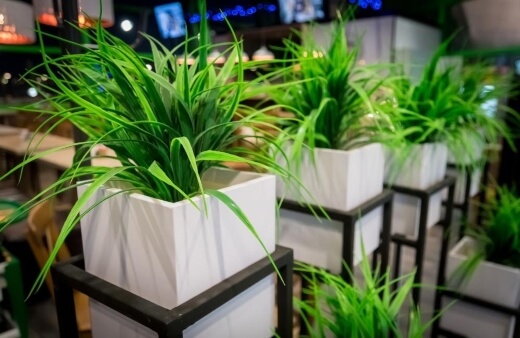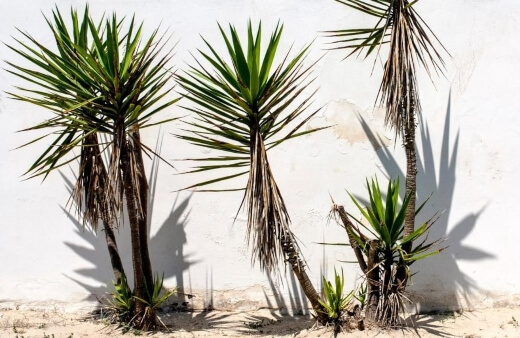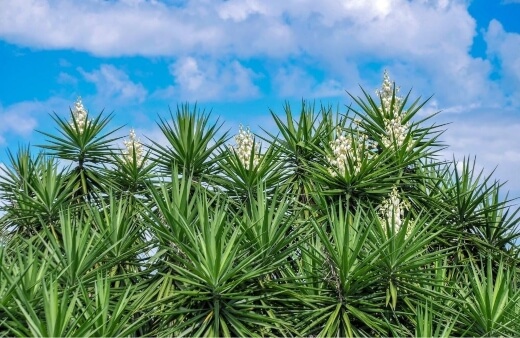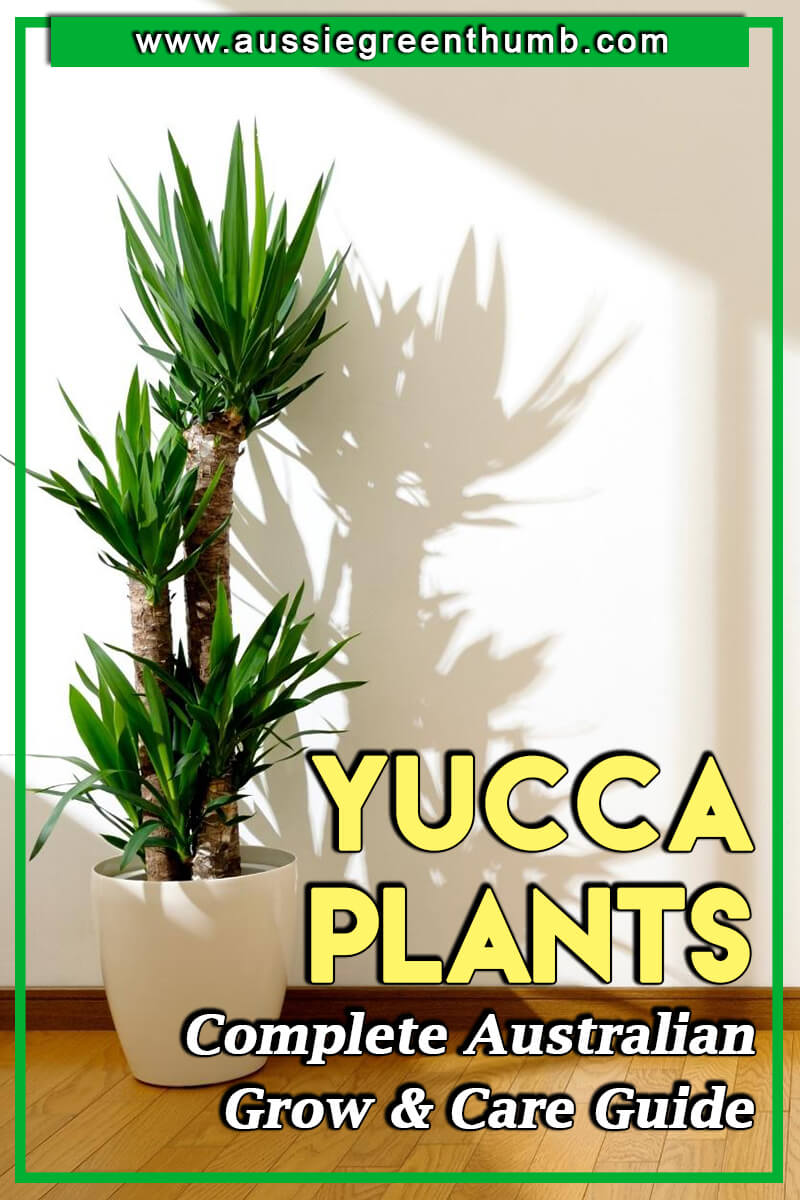There’s nothing better than a problem-free, easy-care indoor plant. Yucca plants are the perfect choice for beginner growers who are considering an attractive, fuss-free plant.
Yucca plants include a range of perennial plants and shrubs, well-suited to growing in indoor conditions. Follow our grow and care guide to find out exactly what you’ll need to do to grow these incredible plants in your home.
More...

What are Yucca Plants?

Yucca plants are part of the Asparagaceae family, including over 40 different sub-cultivars. Native to Mexico and the Caribbean, these hardy plants offer an attractive indoor display and range in size from smaller plants to shrubs to trees.
Yucca plants are incredibly slow growers, which makes them an ideal option for container growing. More so, as these plants are used to warm, drought conditions, they grow happily indoors without needing too much humidity and moisture.
The only issue with yucca plants is that the foliage can be toxic to pets, such as dogs, cats and even horses. Should you be planning on growing yucca plants with pets, it is perhaps advisable to keep them out of reach or in an area to which your pet does not have access.
Types of Yucca Plants
Although there is a range of yucca varieties, there are only a few which are well-suited for indoor growing. The most popular chosen cultivars include:
- Spineless Yucca (Yucca guatemalensis) This variety has a large bulbous base and long, sword-like leaves. This is the most common variety found in homes.
- Spanish Bayonet (Yucca aloifolia) This variety has long, shard leaves and deep green, variegated foliage. This cultivar is not advisable for homes with children, as the leaves can be hazardous.
How to Grow Yucca Plants

Yucca Plants Sun Requirements
Yucca plants prefer full sun conditions. They tend to thrive most in bright, direct sunlight. However, it can also tolerate bright indirect light. As such, it’s a good idea to keep your yucca plants near a large window.
In insufficient sunlight, your yucca plant will have stunted growth and may lose colour in its leaves.
Best Soil for Yucca Plants
As these plants are used to arid deserts, you’ll want to ensure well-draining sandy soil. As such, it’s a good idea to choose a potting mix with lots of perlites or cactus soil.
Don’t worry about finding an overly expensive soil mix. Yucca plants aren’t really fussy.
Temperature
Yucca plants are used to high heat conditions, which also means that they are used to temperature fluctuations. You can keep these plants in most parts of your home.
Although they enjoy moderate humidity, it is not recommended to keep these plants in the bathroom.
Propagating Yucca Plants

The most common method of Yucca plants propagation is through the division of offsets, which can be done fairly easily when repotting. As with succulents, yucca plants produce offshoots at the base of the plant.
Yucca Plants Care Guide
Although these plants thrive off a little bit of neglect, it is important to occasionally water and fertilise your yucca plants to keep them healthy and thriving. Pruning or other care won’t be necessary.


Get Your Free Guide:
Master Growing Australian Natives eBook
A Must Have Complete Guide for Every Australian Garden
Get Your Free Guide:
Master Growing Australian Natives eBook
A Must Have Complete Guide for Every Australian Garden
Watering Yucca Plants
Yucca plants are definitely water sensitive, so when you water your plants, it’s important to regulate how much and how often. During the spring and summer, you can water your yucca plant regularly, ensuring the soil dries sufficiently in between. During the winter, you can cut back on watering almost altogether.
Fertilising Yuccas
During the growing phase, it is advisable to support your yucca plant with a little bit of fertiliser. A slow-release, granular fertiliser or liquid fertiliser is ideal. Fertilisation can be done as much as once per month.
Also read: Complete Australian Garden Fertiliser Users Guide
Yucca Plants Frequently Asked Questions

Can yucca plants be planted outside?
Although often grown indoors, yucca plants can thrive in a warm sunny spot, like a patio outdoors. However, it is advisable to then bring your yucca plants back indoors during the cold.
What happens if you get poked by a yucca plant?
As yucca plants contain a toxin called “saponins”, it can cause skin irritation when puncturing the skin. As such, when you’re working with your yucca plant, consider wearing a good pair of garden gloves.
How do you know when a yucca plant is dying?
Excessive fertilising or overwatering can cause a range of issues, which may lead to your yucca plant dying. Signs your yucca plant is dying to include brown leaf tips, slow growth, sudden leaf drop and wilting leaves.
How often do yucca plants bloom?
Although it doesn’t always occur, mature yucca plants produce an amazing flower stalk once per season. More likely, however, your yucca plant will only flower every few years. You will need to ensure your plants are receiving sufficient sunlight to bloom.
Are you looking for some other indoor plants? Take a look at our best indoor plants guide here.

Wrapping Up Our Yucca Plant Guide
There are so many reasons to consider yucca plants in Australia, especially if you don’t have pets or children. If growing indoors, be sure to supply your yucca plants with sufficiently draining soil and plenty of sunlight.
Published on December 15, 2023 by Gary Clarke
Last Updated on January 20, 2025




